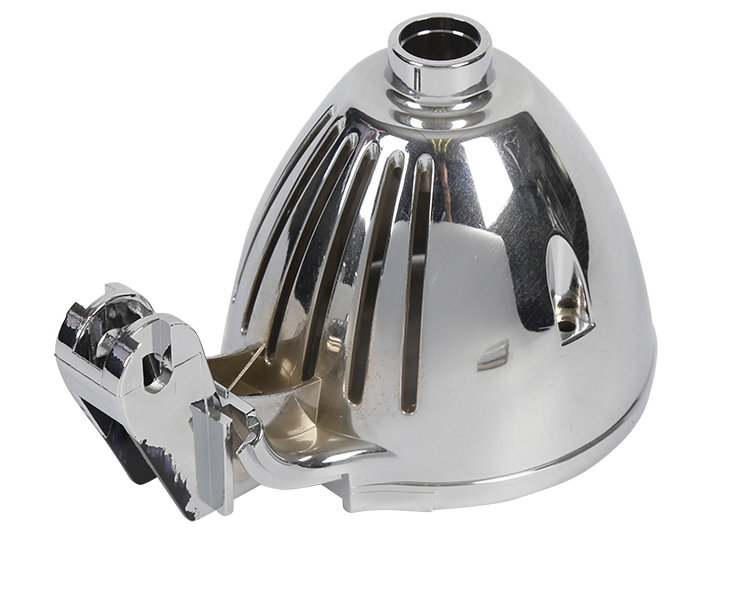Generally speaking from the principle, non-crystalline plastics can be electroplated, but crystalline plastics are difficult to electroplating.
However, there are many other factors that affect the electroplating performance of specific plastic products.
Plastic electroplating (Electroplating plastic), can use electroplated grade plastics (platability plastic).
Electroplating grade ABS is the most commonly used electroplated plastic.
ABS/PC mixture, PA, PPO, and LCP are also plated plastics.
Plastics that are difficult to plating can also be electroplated after proper coarsening treatment.
HIPS cannot be electroplated.
The process of plastic electroplating is divided into three processes: surface coarsening treatment, electroless plating (conductive treatment of plastics) and electroplating.
In addition, the conductive treatment of plastics can also be treated by conductive vacuum coating, which has a good effect as the protective layer of EMC, and almost all plastics can do conductive vacuum coating.
Polytetrafluoroethylene is an exception.
Amorphous plastics have great variability, irregular molecular structure and easy surface coating, so that many different products can be made; innovation is the same, the more unconstrained, the easier it is to innovate, and the “unified thinking” innovation is gone. there are only monotonous products.
It can be colored, but it can’t be electroplated because plastic doesn’t conduct electricity.
Metal plating is based on the principle of electrolytic cell.
Hydroplating is limited by materials, and hydroelectric plating can only be plated with ABS and ABS+PC plastic materials, and only electroplating grade materials are suitable; vacuum electroplating has no material restriction and can do all kinds of plastics, such as PC, PP, PS, PA, PMMA, ABS, ABS+PC, etc., as well as vacuum electroplating on the surface of ceramics, resin and glass.



